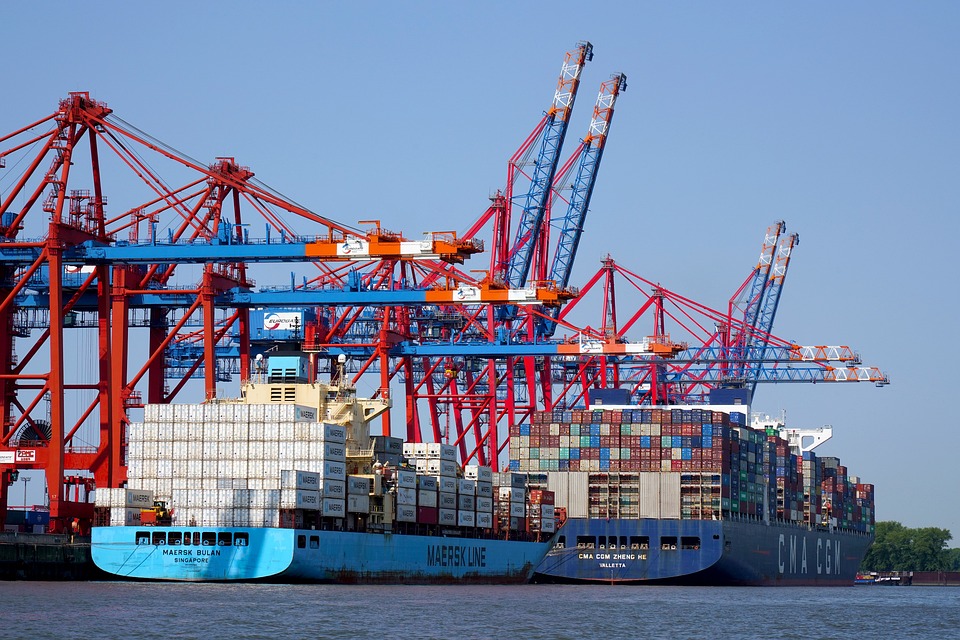Understanding the Complexity of Modern Supply Chains

In the interconnected world of global commerce, supply chains act as the lifeblood of every industry. From the smallest local businesses to the largest multinational corporations, efficient supply chains ensure that goods move seamlessly from the manufacturer to the consumer.
However, the complexity of these systems can sometimes lead to significant disruptions, affecting both businesses and consumers worldwide.
The Anatomy of a Supply Chain
Before delving into the issues that plague supply chains, it’s essential to understand the basic anatomy of a supply chain. A typical supply chain encompasses several stages, including:
- Raw Material Procurement: The acquisition of basic materials needed for production.
- Manufacturing: Conversion of raw materials into finished goods.
- Warehousing: Storage of goods until they are needed for distribution.
- Distribution: Movement of goods from warehouses to retail outlets or directly to consumers.
- Retail: The final stage where goods are sold to the end consumer.
Each of these stages involves a complex network of suppliers, manufacturers, logistics providers, and retailers, making the entire system highly interdependent. A disruption in any part of this chain can lead to a ripple effect impacting the entire system.
Common Supply Chain Issues
In recent years, supply chains have faced numerous challenges, each with its own set of complexities. Some of the most common issues include:
1. Global Disruptions
Events such as natural disasters, political unrest, and pandemics have a profound impact on supply chains. The COVID-19 pandemic, for example, highlighted the vulnerabilities of global supply chains as lockdowns and restrictions led to factory closures, labor shortages, and transportation delays.
2. Demand Volatility
Fluctuations in consumer demand can be difficult to predict and manage. Sudden surges or drops in demand can lead to overstocking or stockouts, both of which are costly for businesses. For instance, the rapid increase in demand for personal protective equipment (PPE) during the pandemic caught many suppliers off guard, leading to shortages.
3. Supply Chain Visibility
Lack of visibility across the supply chain can hinder effective decision-making. When businesses cannot track inventory levels or monitor supplier performance in real-time, they are at a disadvantage when responding to changes in demand or supply disruptions.
4. Transportation Challenges
The movement of goods is a critical component of any supply chain. However, factors such as fuel costs, regulatory changes, and infrastructure limitations can lead to delays and increased costs. The recent global shipping container shortage is a prime example of transportation challenges that have disrupted supply chains worldwide.
Strategies for Mitigating Supply Chain Issues
While supply chain disruptions can never be entirely eliminated, businesses can implement strategies to mitigate their impact. Here are some effective approaches:
1. Diversification of Suppliers
Relying on a single supplier can be risky. By diversifying their supplier base, companies can reduce the risk of supply disruptions and increase their resilience to unexpected events. Building strong relationships with multiple suppliers can also lead to better pricing and more consistent supply.
2. Investment in Technology
Advanced technologies such as artificial intelligence, blockchain, and the Internet of Things (IoT) can enhance supply chain visibility and efficiency. AI can predict demand patterns, blockchain can provide secure and transparent tracking of goods, and IoT devices can monitor the condition of products during transit.
3. Agile Supply Chain Management
Adopting an agile approach allows companies to respond quickly to changes in the market. This involves flexible production processes, rapid decision-making, and a focus on customer needs. Agile supply chains can pivot swiftly in response to disruptions, minimizing negative impacts.
4. Risk Management and Contingency Planning
Proactively identifying potential risks and developing contingency plans is crucial for supply chain resilience. This includes conducting regular risk assessments, maintaining buffer stock, and having alternative transportation options available.
Inspiring Examples of Resilient Supply Chains
Several companies have demonstrated exceptional resilience in their supply chain management, serving as inspiration for others. For instance, during the pandemic, many fashion brands quickly shifted their production lines to manufacture masks and PPE, showcasing adaptability and agility.
Similarly, tech companies like Apple have invested heavily in supply chain diversification, ensuring a steady flow of components despite global disruptions.
The Future of Supply Chains
As we look to the future, supply chains will continue to evolve in response to technological advancements and changing consumer expectations. Sustainability is becoming an increasingly important focus, with companies seeking to reduce their carbon footprint and promote ethical sourcing.
Additionally, the rise of e-commerce and direct-to-consumer models is reshaping traditional supply chain structures, requiring businesses to be more flexible and customer-centric.
Conclusion
Supply chain issues are complex and multifaceted, impacting businesses and consumers alike. However, by understanding these challenges and implementing strategic solutions, companies can build more resilient and efficient supply chains.
As global commerce continues to grow and evolve, those who can navigate the intricacies of supply chains will be better positioned to thrive in an ever-changing landscape.
In the end, the key to overcoming supply chain issues lies in a proactive approach, leveraging technology, and fostering collaboration across the entire supply chain network. By doing so, businesses can not only mitigate risks but also seize new opportunities for growth and innovation.






